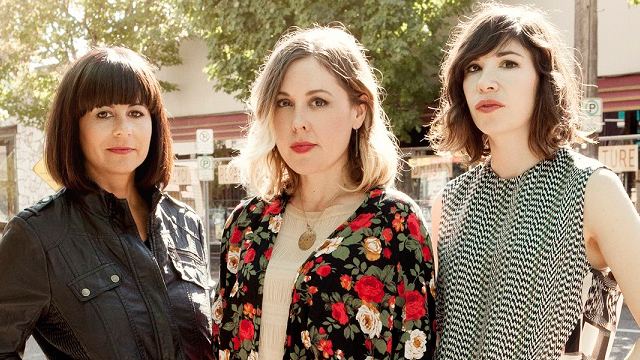With the touring circuit essentially the only way for bands to make any kind of a living these days, it seems that every week another long-broken up band announces a reformation and takes it to the road as a nostalgia cash cow. While some of these reunions have seen the bands returning rejuvenated and stronger than ever, others have tarnished once reputable legacies.
Misfits
One of the first reunions of an early iconic punk rock band, the reformation of the Misfits in 1995 was notable in that it didn’t include founding frontman and primary songwriter Glenn Danzig, who had his own successful career with his namesake solo band. Recruiting unknown lead vocalist Micheal Graves, the band returned with a passable enough sound but with a cartoonish image and heavy emphasis on merchandising their logo and name to almost KISS levels of excess. Though successful at the time, this era of the band is largely passed over in favour of the original Danzig-led lineup, which finally reunited for excellent shows in 2016.
Sleater-Kinney
Now this was a reunion done right. After breaking up after their 2005 highpoint album The Woods, the band ended on a high and moved onto various side projects. While rumours came and went with little to base them off, the band release a surprise 7” single with a new track with the release of their 2014 box set anthology. A week later, they announced they wouldn’t only be returning, but would be releasing a new full-length album before the tour. That came to form as 2015’s excellent No Cities To Love. Instantly back into the fold as a full time touring and recording band, there has been no reliance on nostalgia on past revival, with new tracks and new energy propelling the band forward into the future sounding as fresh as ever.
Black Flag
In 2013, founding guitarist Greg Ginn announced that he was reforming the legendary hardcore band, with only himself and vocalist Ron Reyes (who was only in the band for one year) as returning members. At the same time, previous members Bill Stevenson, Chuck Dukowski, Dez Cadena, and Keith Morris formed their own band playing the band’s material called FLAG. With the whole situation devolving into a messy legal saga, Ginn’s Black Flag ended up playing lacklustre shows and releasing a lacklustre album in the form 2013’s What The? With the general fan consensus being that Ginn’s Black Flag in no way brought back the sound or the spirit of the original band, their competitors in FLAG were much more warmly received as a live band, wisely choosing to focus on performing early fan favourites and having no intention of producing recorded material. All in all, what could’ve been a successful reunion of one of the most iconic bands in punk rock fell completely flat.
Refused
Breaking up almost immediately after releasing their masterpiece The Shape Of Punk To Come, Sweden’s Refused remained inactive until 2012 and vowed never to reform. But since these promises are known to be meaningless these days, the band reformed for a hugely successful reunion tour and eventual new album. While the album didn’t live up to the immense legacy of The Shape (and I don’t believe it was trying to), the live shows were absolutely phenomenal. The two shows they played at The Palace in Melbourne in 2012 were some of the best shows I’ve ever seen, with the band sounding as good as they ever have.

